Indian contemporary art is really that which is produced by ‘new age’ painters for today’s vibrant and growing market. Renowned artists and those of the new genre paint on several themes depicting diverse cultures and societies. Paintings produced by Indian artists have moved away from being plain, beautiful and skilled, to become interesting and unusual
Viewing these paintings leaves you pondering the artists’ thoughts and expressions. If you were to trace the history of Indian contemporary art through the last century, you would observe a varied range of imaginative rejoinders to veracity. The western and colonial influence had replaced much of traditional Indian painting during the late 19th century until the Bengal School of Art – established by Abanindranath Tagore and E. B. Havell – made a conscious attempt to reconnect Indian artists with their past.
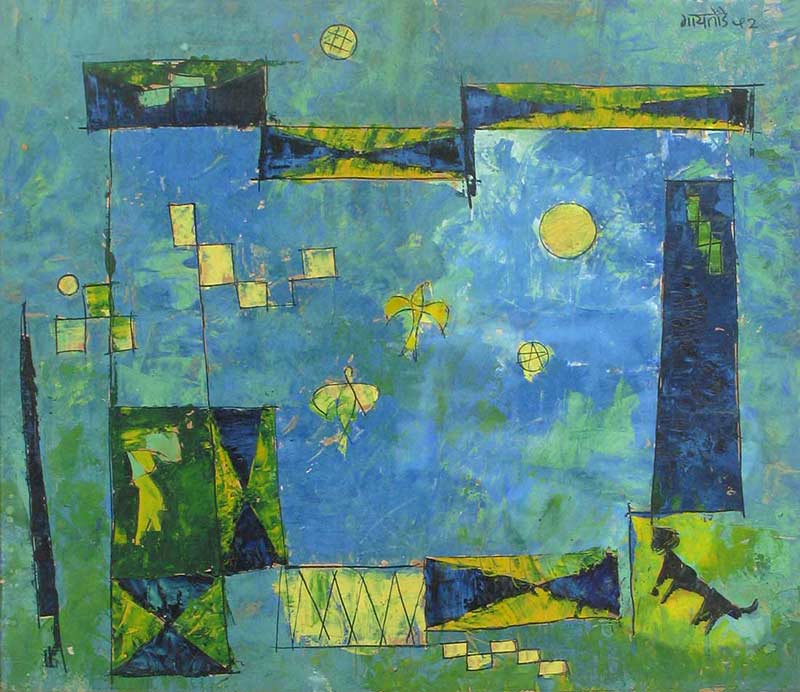
Paving the way for the future modernist movement, the Bengal School did a great deal to reshape contemporary tastes by drawing inspiration from the past and bringing awareness to the heritage of Indian artists. A resurgence of interest in the Bengal School of Art among scholars and connoisseurs emerged in 2012, and today this school continues to produce some of contemporary India’s best artists, including Ganesh Pyne, Manishi Dey, Nirmal Dutta, Nilima Dutta, Jahar Dasgupta, Bikash Bhattacharjee, Sudip Roy, Devajyoti Ray, and Paresh Maiti.
Modern Indian art typically shows the influence of Western styles, but is also often inspired by Indian themes and images
The initial period saw painters appearing to engage mainly with the local community, but then modernists came along, followed by contemporary artists. The last of them were born after 1947 when India’s attitude and viewpoint shifted radically.
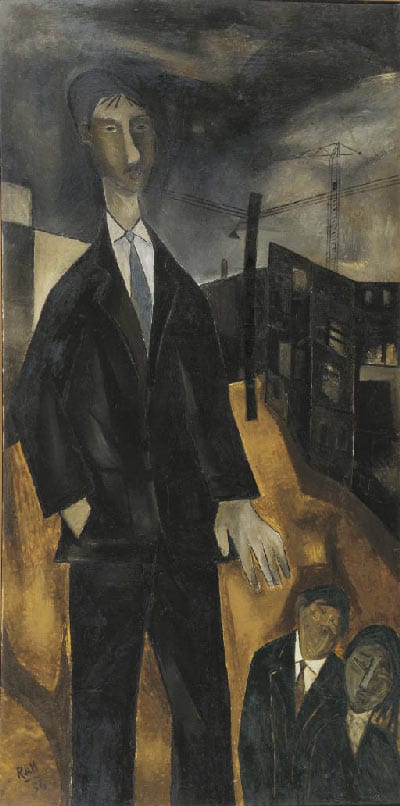
The evolution of the country was evident in the 1980s and ‘90s, and this impacted massively on emerging Indian painters.
The rise of clear cut modernism over traditional Indian art paintings was witnessed. With borders disintegrating and the economy going global, Indian contemporary art scaled new heights. A pluralist and disjointed disposition reigned supreme in the ‘90, with some coarse limitations remaining despite the hazy partitions caused by the fast-paced advancement of technology and information.
Yet many artists, like Jayashree Chakravarty, G. Ravindra Reddy et al, created works that could not have been envisaged by their predecessors. Modern Indian art typically displays the influence of Western styles but is often inspired by Indian themes and images. For example, S. H. Raza’s works are mainly abstracts in oil or acrylic with very rich use of colour, replete with icons from Indian cosmology and philosophy. F. N. Souza employs an expressionistic style to illustrate both the highs and lows of Indian social life. M. F. Husain utilised a modified Cubist style to create narrative paintings.
Novel kinds of Indian paintings are emerging on the art scene, with trends never seen before and not belonging to any specific genre
Jayasri Burman works primarily in watercolour, using rich, strong hues and bold themes to portray female figures or mythical elements, such as hybrid animals with human heads.
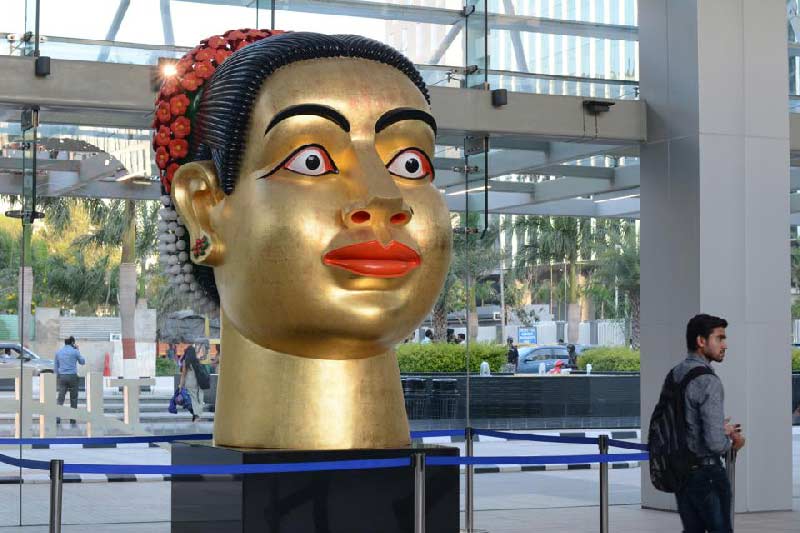
Other well-known artists who are associated with the group and continue to be influential today include Bal Chabda, Manishi Dey, Mukul Dey, V. S. Gaitonde, Ram Kumar, Tyeb Mehta and Akbar Padamsee. It was during the 1990s that Indian artists began increasing the number of forms they use in their work.
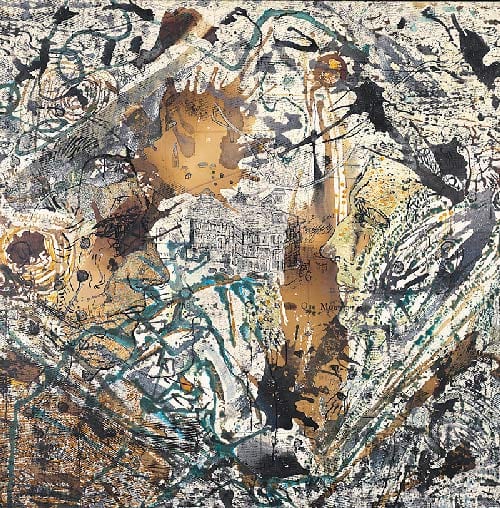
Following the country’s economic liberalisation that took place during that decade, Indian art began introducing new concepts and working both within and outside previous academic traditions. For example, artist Devajyoti Ray introduced a new genre of art called Pseudorealism, in which he used offbeat colours and abstract shapes to create imagery depicting regular scenes of Indian life. Akbar Padamsee, a contemporary Indian artist and painter, has worked with various mediums, from oil painting, plastic emulsion, watercolour, sculpture and printmaking, to computer graphics and photography. He has also worked as a filmmaker, sculptor, photographer, engraver and lithographic artist.
Other leading Indian artists exploring radical new directions in both painting and sculpture include Subodh Gupta, Narayanan Ramachandran, Vivan Sundaram and Jitish Kallat.
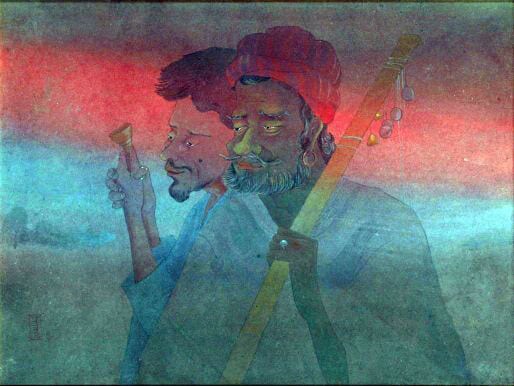
Abstract artist Natvar Bhavsar and post-minimalist sculptor Anish Kapoor have gained attention on the international art market, while other major artists continue to gain international recognition among both Indian expats and non-Indian audiences. Although Indian contemporary art draws inspiration from several styles and sources, it still has its own distinctive dialect.
Novel kinds of Indian paintings are emerging on the art scene, with trends never seen before and not belonging to any specific genre. You can buy the best modern art online and not only does it enrich your discernment by viewing these dazzling pieces, but investing in art is also a lucrative business proposition. The value of Indian contemporary art is increasing by leaps and bounds, and this market has the strength to handle enough transactions.
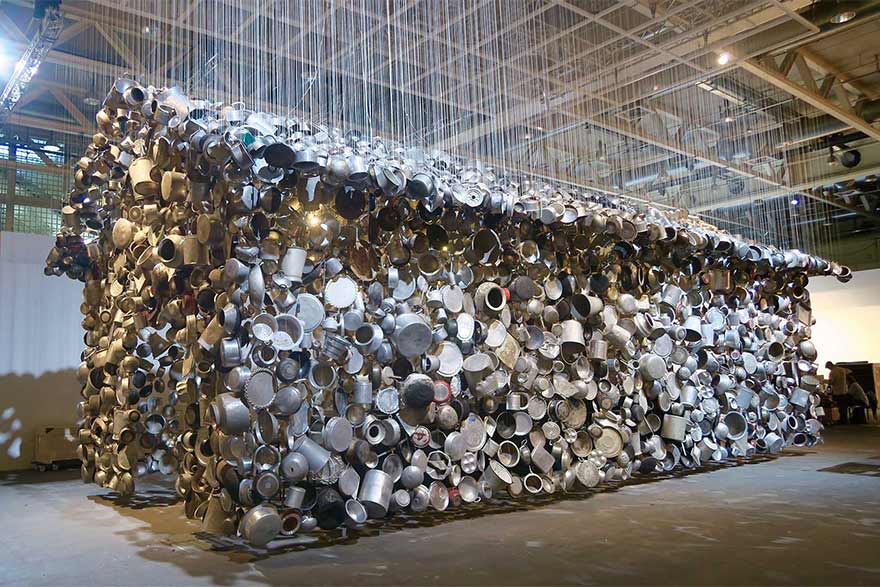
Buy Indian art online, as it is as diverse as it could possibly be and ranges from abstract via figurative and surreal to contemporary. The past few years have seen Indian contemporary art enter the dining rooms of the middle classes, after being previously monopolised by royalty and elite corporate houses. It has also journeyed overseas, with works achieving exorbitant prices.
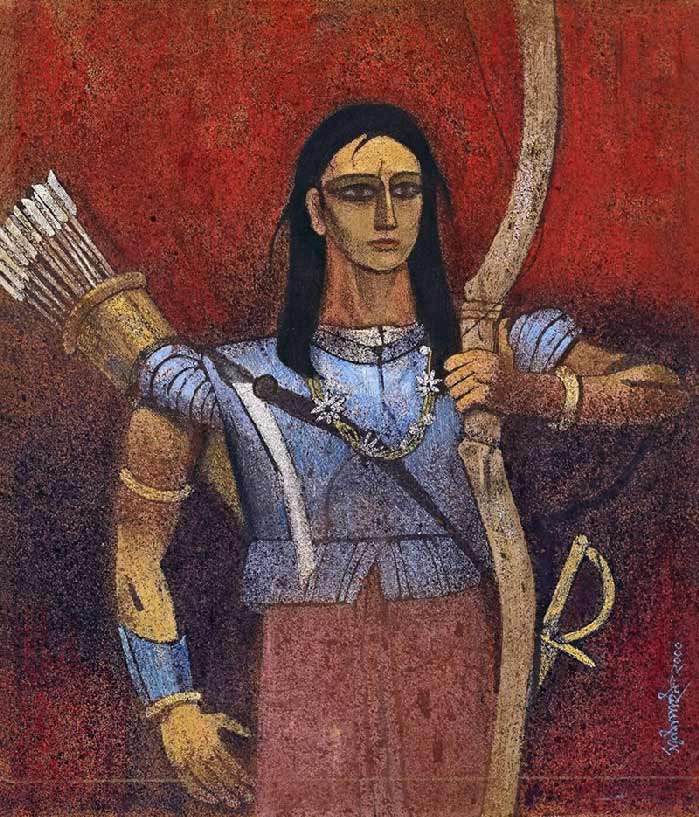
Over the passage of time, the dissimilarity between grouping, portraits, sculpture, collages and fittings has begun to blur. All sorts of mediums are being chosen by new Indian painters who want to enhance their work and are not afraid of experimenting. They don’t want to be labelled in a particular category and dubbed as, say, a water-colourist, terracotta artist or oil painter.
Buying paintings online is a great advantage, as online galleries stock, a wide range and buyers can take their time viewing and assessing the appropriateness of works to the space they envisage. Prices are also lower online, as website maintenance costs are negligible compared to the overheads for owners of physical sales galleries.
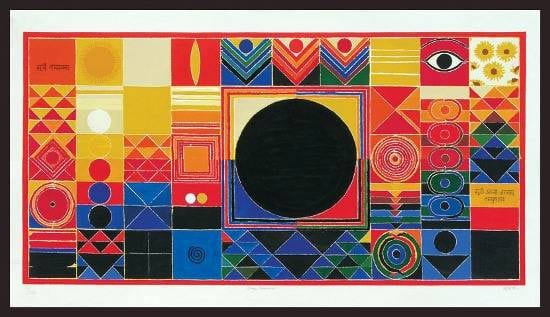
Customised, bespoke paintings are now being created by artists for people who are attracted to their work. You can request what you imagine, give the measurements of your walls, clarify the colour scheme and wait for the painting of your dreams to appear before you.